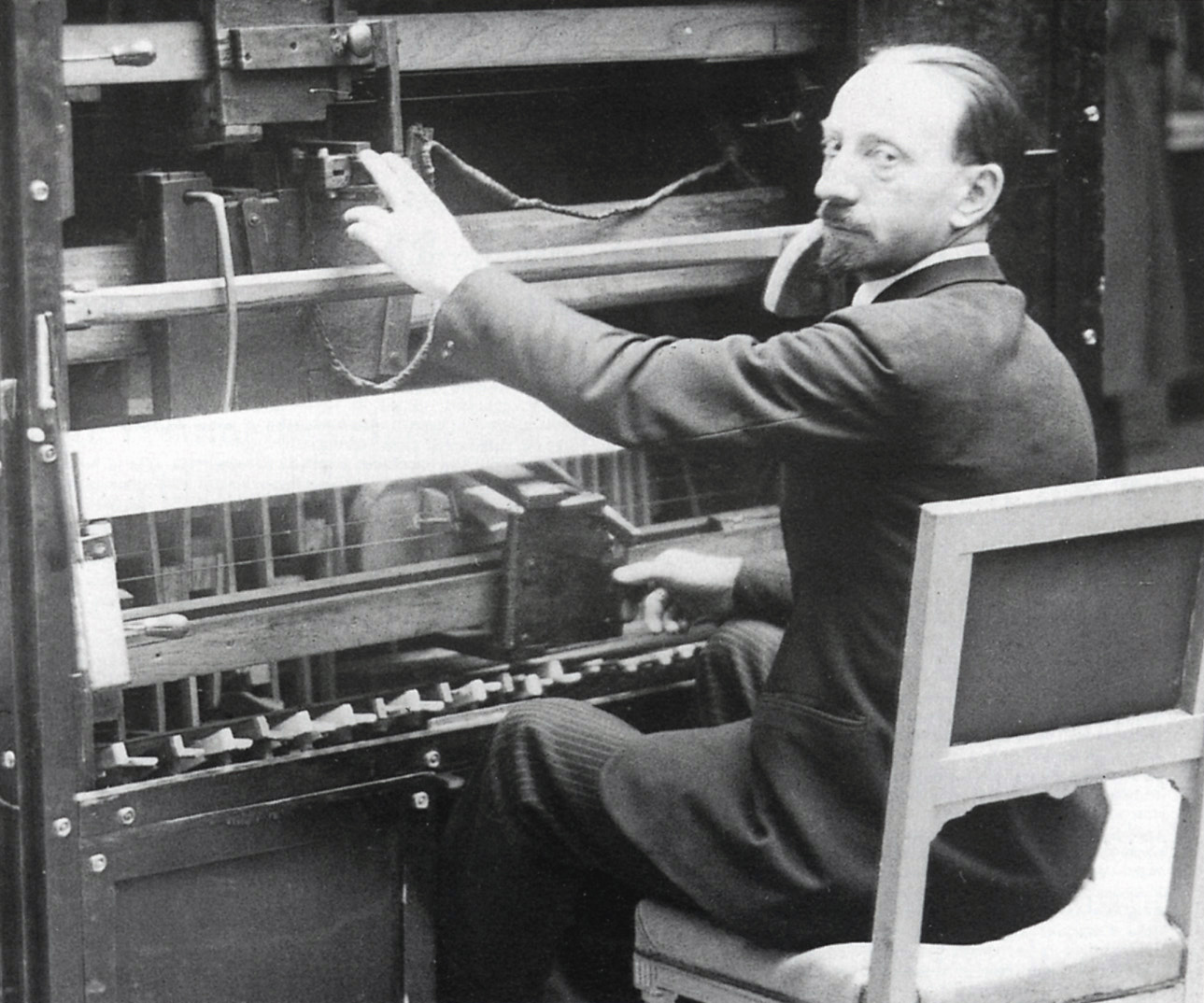Luigi Russolo was an Italian composer, painter, and one of the pioneers of noise music (more about noise music and influence of John Cage), known for his innovative ideas about sound and its role in art. Born on April 30, 1885, in Portogruaro, Russolo was a key figure in the Futurist movement, which celebrated modernity, technology, and the dynamism of contemporary life.
In 1913, Russolo published the manifesto "The Art of Noises", where he argued for the inclusion of noise in music. He believed that the sounds of the modern world—machines, industrial environments, and urban life—were just as vital to musical expression as traditional melodies and harmonies. This manifesto laid the groundwork for a new musical language that embraced dissonance and unconventional soundscapes.
To realize his vision, Russolo designed a series of instruments called "intonarumori," or "noise intoners." These devices produced a variety of sounds that imitated the noises of the world, allowing him to create compositions that broke away from traditional musical forms. His performances were avant-garde and provocative, challenging audiences to reconsider their perceptions of music and sound.
Russolo's work influenced a wide array of musicians and artists, laying the foundation for later movements in experimental and electronic music. His ideas about sound and noise have continued to resonate in contemporary music and art, making him a seminal figure in the evolution of 20th-century sound exploration.
Russolo passed away on February 4, 1947, but his legacy endures, reminding us that the boundaries of music can always be pushed, and that noise can be a profound and expressive form of art.
